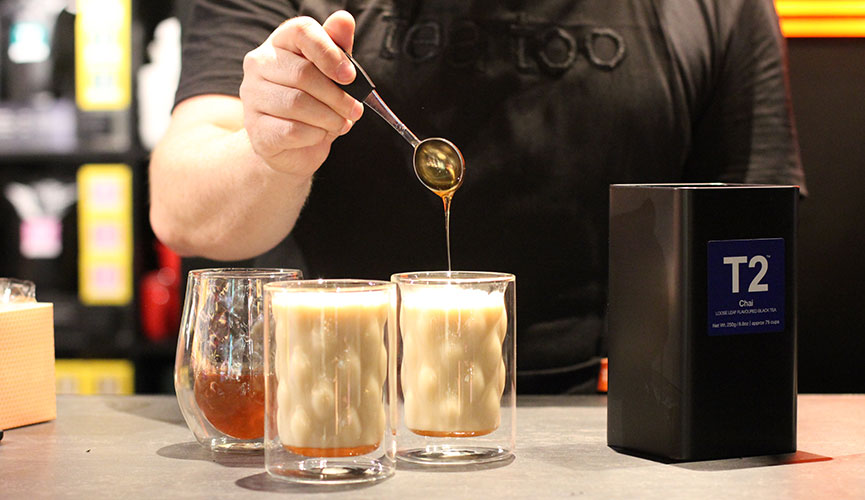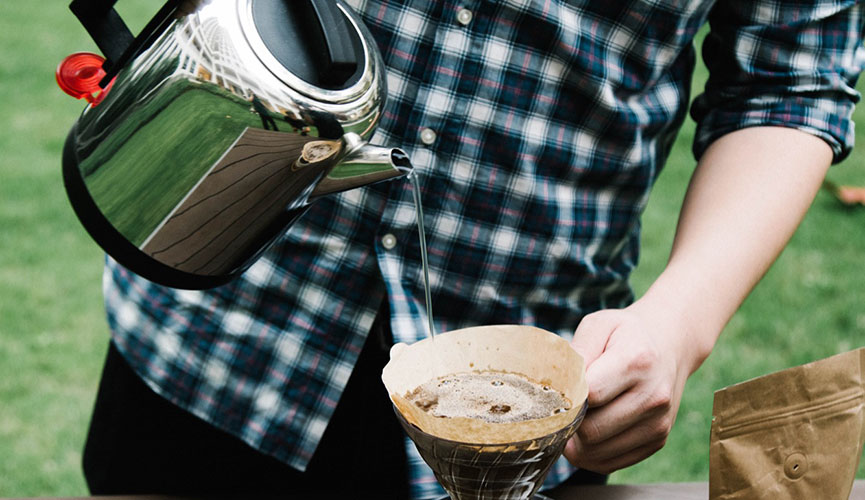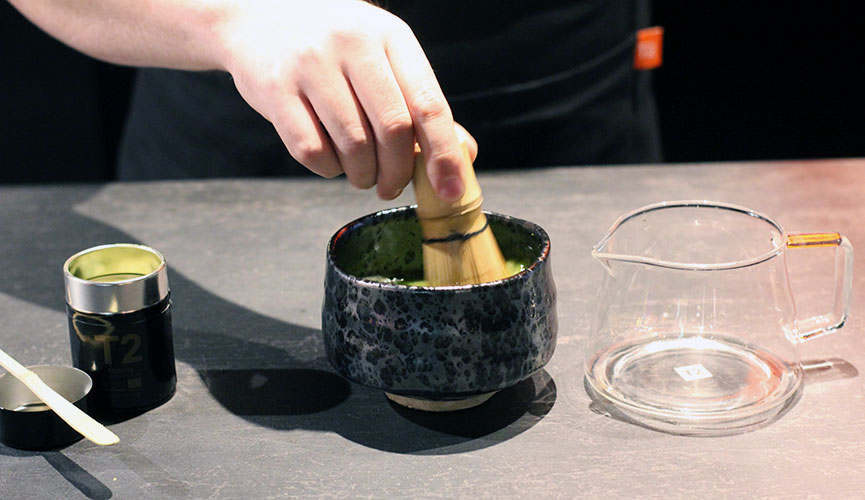Pho (pronounced as fuh or feu) is simply a beef bone broth slow cooked with a hint of earthy, aromatic dry herbs, served with noodles and garnished with fresh, fragrant herbs, beans sprouts, a squeeze of lime and optional fresh chilli for that extra kick. It’s deceptively simple, fresh and healthy. The secret is in the broth which is made over a period of time to create a deceivingly simple, clean-tasting broth that is yet full-bodied with a complex layer of flavours.
Growing up near Cabramatta, the Saigon of Sydney, my husband and I were spoilt with some of the best Pho outside of Vietnam. In fact, I sometimes think that Cabramatta Pho beats the Pho in Vietnam. But this is debatable and every foodie would be eager to argue this point. That aside, my husband is officially a Pho-natic (meaning he can happily eat Pho for lunch and dinner over consecutive days. How to eat Pho like a Pho-natic is also a whole other skill).
Since moving to Singapore over 10 years ago, we struggled to find a place that served Pho that met our spoilt palates. To be Pho-worthy, the broth needs to be made of good quality beef bones, have no MSG side effects and be served with generous portions of herbs to garnish (this is where most Pho establishments in Singapore fall short). This should trigger those satisfying beads of sweat as you slurp down your bowl of noodles with all its heavenly goodness.




In our pursuit to perfect our own Pho, we scoured the island to find the best ingredients, spent years experimenting with techniques and combined family recipes and tips to create our ever evolving version of Pho. This recipe is reflective of the Pho from South Vietnam which is stronger in flavour and relies on generous servings of herbs and garnishes.
The recipe makes approximately 20 servings. We use a 24 Litre Pot and it takes up to 12 hours to simmer so when we do make Pho, we make it in bulk. The broth can be refrigerated and frozen. Like all hearty broths, it always tastes better after the second day.
You will need
(for the Pho broth)
Meat:
- 3 kg of beef shin bones and knuckle bones with marrow

Beef bones - 2 kg of chicken carcass, trimmed of fat and cleaned

Chicken carcass
Optional add ins:
- 2 beef shins
- 500 grams of beef tendons
- 500 grams of beef balls

Beef shins
Fresh ingredients:
- 2 whole onions
- 1 Daikon (cut into 2 large pieces)
- 500 grams of ginger

Onions, daikon, ginger and rock sugar
Herbs and Spices:
- 200 grams rock sugar
- 2 chicken stock cubes
- 2 beef stock cubes
- Salt to taste
- Herb Bag:

Spices - 4 Cinnamon ticks
- 16 Cloves
- 16 Fennel seeds
- 8 Star anise
- 8 Cardamon (or Vietnamese cardamom, as pictured below)
- 16 Coriander Seeds
You will need
(to go with the broth)
- 2 kg of thinly sliced beef (either shabu shabu, tenderloin or top side)

Sliced raw beef - The precooked tendons and beef shins

Pre coooked beef shins, thinly sliced 
Pre cooked tendons – note the translucent colouring - 1 packet rice noodles (this can make 4 bowls). I prefer to use fresh rice noodles, which are smooth and softer, unfortunately these not available in Singapore so we opt for the dry version.

Rice noodles
For garnish:
- 1 onion thinly sliced
- 1 kg of bean sprouts, washed and drained
- 1 bunch of coriander
- 1 bunch of coriander, finely sliced
- 1 bunch of sawtooth coriander (optional)
- 1 bunch of Thai basil
- 6 green shallots, finely sliced
- Lime, in wedges
- Chilli (optional), sliced

Condiments (optional):
- Fish Sauce
- Sriracha
Where to shop:
You can get all the ingredients from Tekka Markets.
We go to Joe’s for our beef bones. The bones and beef are all Australian and you will find there are tendons attached and the bone is rich in marrow. You can also get the tendons and other optional beef items there too. Joe’s also stock beef balls, though we have found them quite floury. We have not found any decent beef balls in Singapore, so only use the ones we bring from Sydney which has a crispier texture and is less processed.
For the noodles, we have tried a number of brands and Vina Pho is our preferred. The noodles are also available at Tekka Market (in the Thai section) or for double the price at Golden Mile Thai Centre.

The Thai section in Tekka also stocks thai basil and sawtooth coriander. You can also get this from the Thai Centre.
Making the broth:
- Fill a 24 litre stock pot ¾ full and bring to boil. This is for the master stock.

24 litre stock pot - Fill a separate pot with water and bring to boil. This is to boil the beef bones which will remove impurities and produce a cleaner stock. Make sure there is enough water to cover the beef bones. When boiling, add the beef bones and parboil for 5-10mins in rapidly boiling water. Strain the bones, rinse and add bones to the 24 litre master stock pot.
- Trim fat from chicken carcasses, clean and add to the boiling master stock pot.
- If you are adding optional beef items such as beef shin and tendons, add these to the stock pot.
Tendons can take up to 12 hours to soften. I prefer to pressure cook the tendons separately for one hour which produces the same result. If you have never cooked tendons, they should appear translucent when ready and be tender with an almost melt in your mouth texture. - Take 2 onions, daikon and ginger and char them over an open flame.
I put a rack over the gas burner and turn continue to turn with tongs. Another option is to char the onion, daikon and ginger right under the broiler. You will need to continually turn them so you get an even char across the whole surface. Once charred, add the onions, daikon and ginger to the stock pot.

Charring vegetables - Take the cinnamon, cloves, fennel seeds, cardamon seeds, coriander seeds, star anise and dry roast them in a pan. Once fragrant, add these to a mesh bag and securely fasten. Add the spice bag to the soup.
You can sometimes buy these spice bags ready packed from Asian grocers. We get ours from Sydney as we’ve only occasionally been able to find them at Golden Mile Thai Centre.

Pre made spice bag from Sydney - Add rock sugar to the stock pot.
- Bring to boil and skim out all the impurities that rise to the top.

Spice bag and vegetables in stock pot - Turn down the heat and lightly simmer for at least 6 hours. Revisit the stock every 30-40 mins to skim out the impurities on the top. This will keep the soup clean.
- For best results, simmer the stock for 24 hours. You can refrigerate the stock overnight and then re-boil and re-simmer the stock the following day for another 8 hours.
If you refrigerate the stock overnight, remove the layer of fat on it before bringing it to boil again. When cold, it should have a gell like consistency. As we use a 24 litre stock pot, it’s not practical for us to refrigerate the stock. We simmer the stock for at least 12 hours. - Add salt to taste, erring on the salty side as when you add the noodles and condiments, the flavours will be somewhat diluted. The broth needs to be richly salty and aromatic to taste. All the flavours will balance out when you add the noodles.

Rich, flavourful Pho broth - Remove the beef shin and tendons, refrigerate and slice when cold.
I find slicing the beef shin when it’s cold is easier and gives it a cleaner cut. Set these aside and add when assembling the bowl of Pho.
Preparing the noodles (do this only when your stock is ready to be used):
Soak noodles in a large bowl of room temperature water.
And now, the all important part for that perfect bowl of Pho – layering the ingredients.
Assembling the bowl of Pho (instructions for one bowl)
- Ladle the broth from the master stock into a separate saucepan and bring to boil. This ensures that the master stock remains clean. Ladle enough soup for one bowl or into the separate saucepan. When boiling, add the optional beef balls and tendons then bring to a boil again.

Ladle Pho broth into separate pot to keep master stock clear - Separately, add your noodles to a bowl and blanch with hot water for 30 secs then strain thoroughly. You only need a handful as they will continue to expand when you add the hot broth (visually about half of what you would want to eat)

Add the noodles - Put the noodles back into the bowl then layer on top of the noodles a few thin slices of raw beef, sliced beef shin and sliced raw onion.

Add the meat - Ladle the boiling broth over the noodles. The heat in the broth will cook the raw beef slices.

Ladle soup over noodles and meat and top with shallots and onion - Garnish with finely sliced coriander and green shallots.
- On the side: Serve with Thai basil, coriander, sawtooth coriander (optional), bean sprouts, wedges of lime and cut red chilli.

Finished bowl of Pho
Add fish sauce as needed. You can also make a dipping sauce from a mix of hoi sin and Sriracha.
The remaining broth can be strained, discarding the bones and herbs. You should end up with a clean broth that can be stored and frozen in meal sized portions.
This article was originally published on ordinarypeople.ink and may have been edited for this platform.




